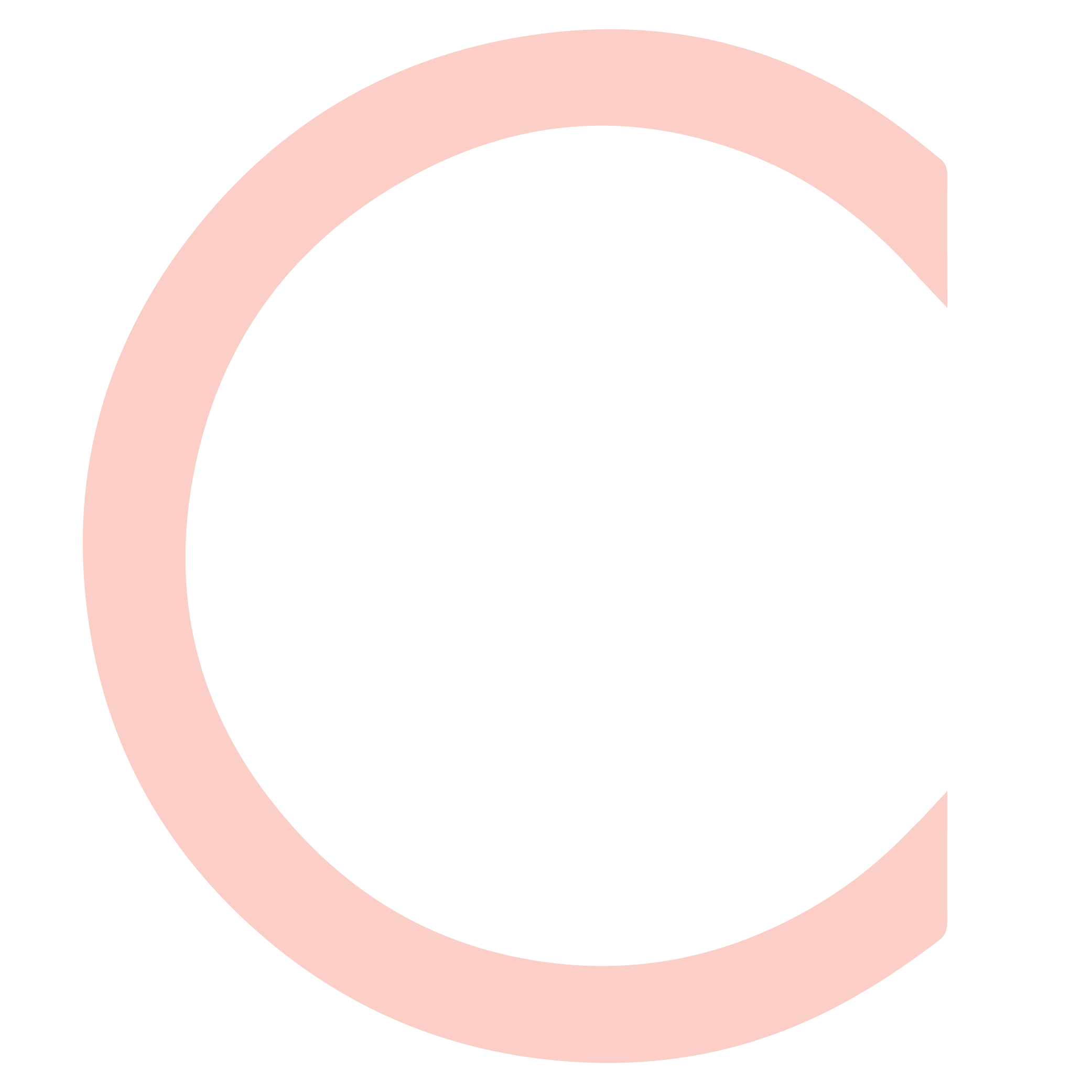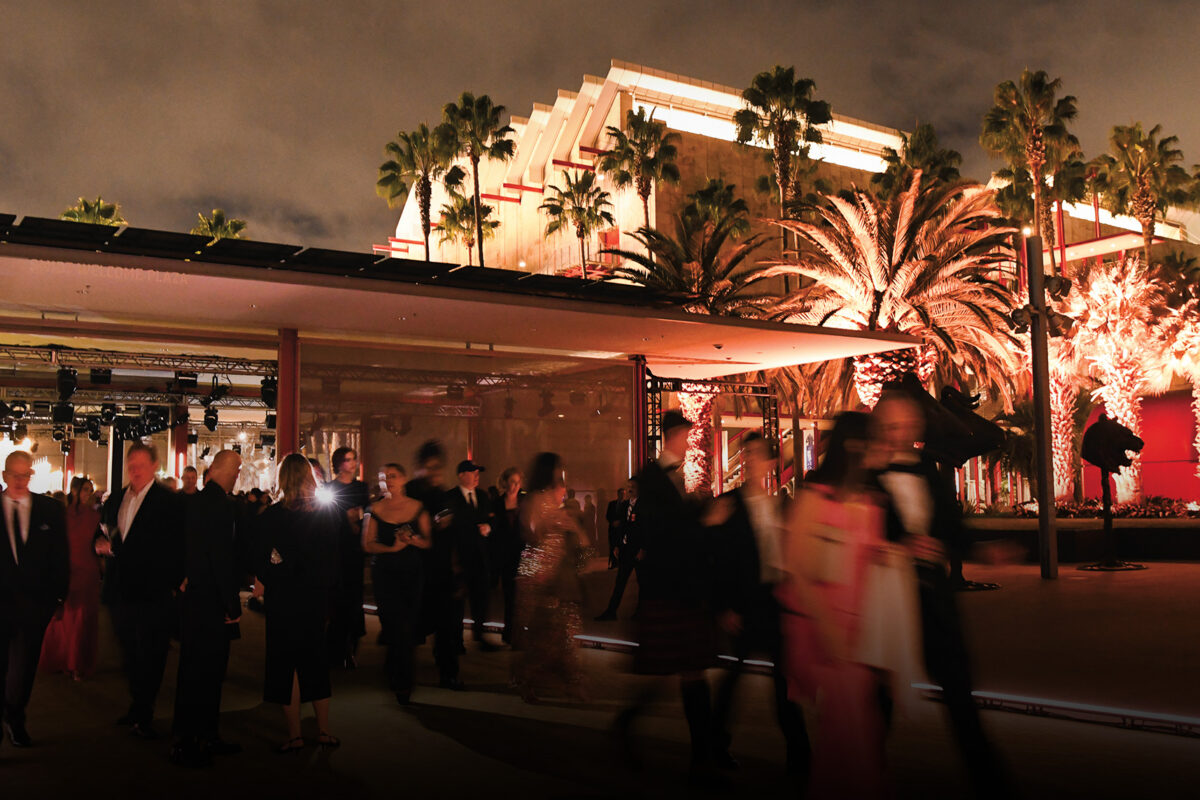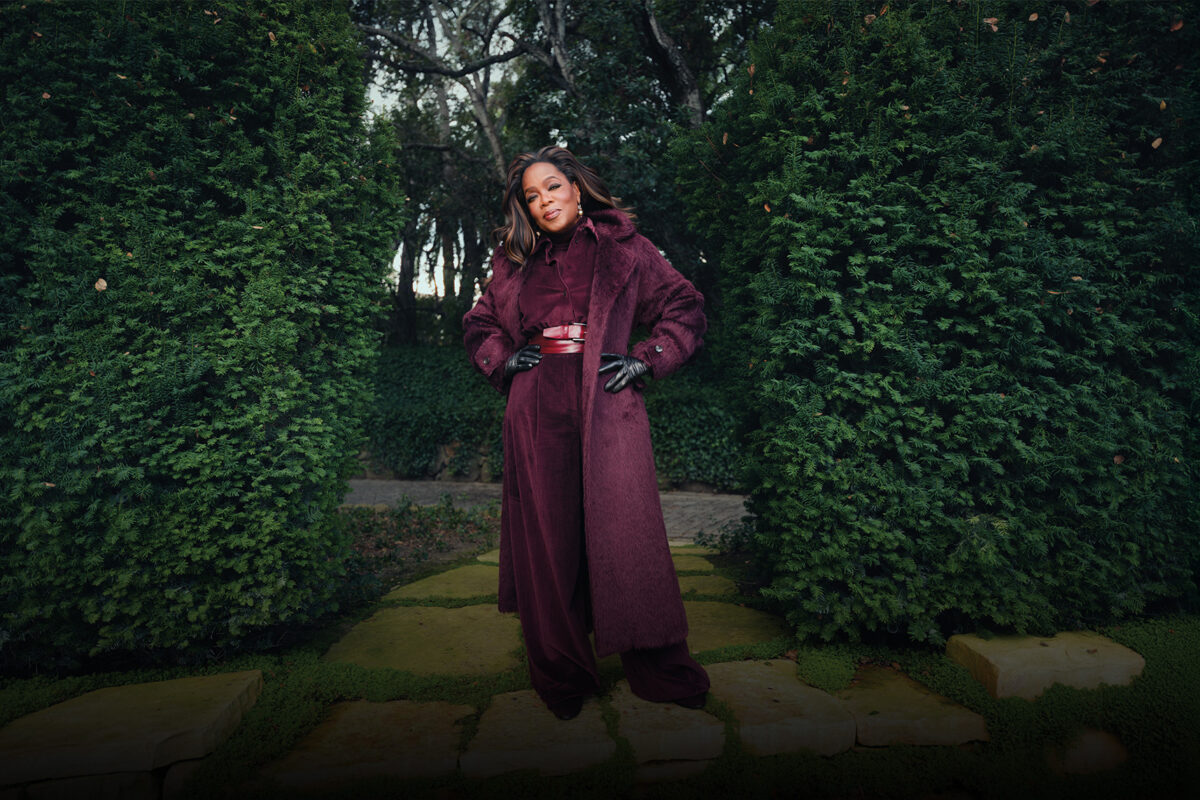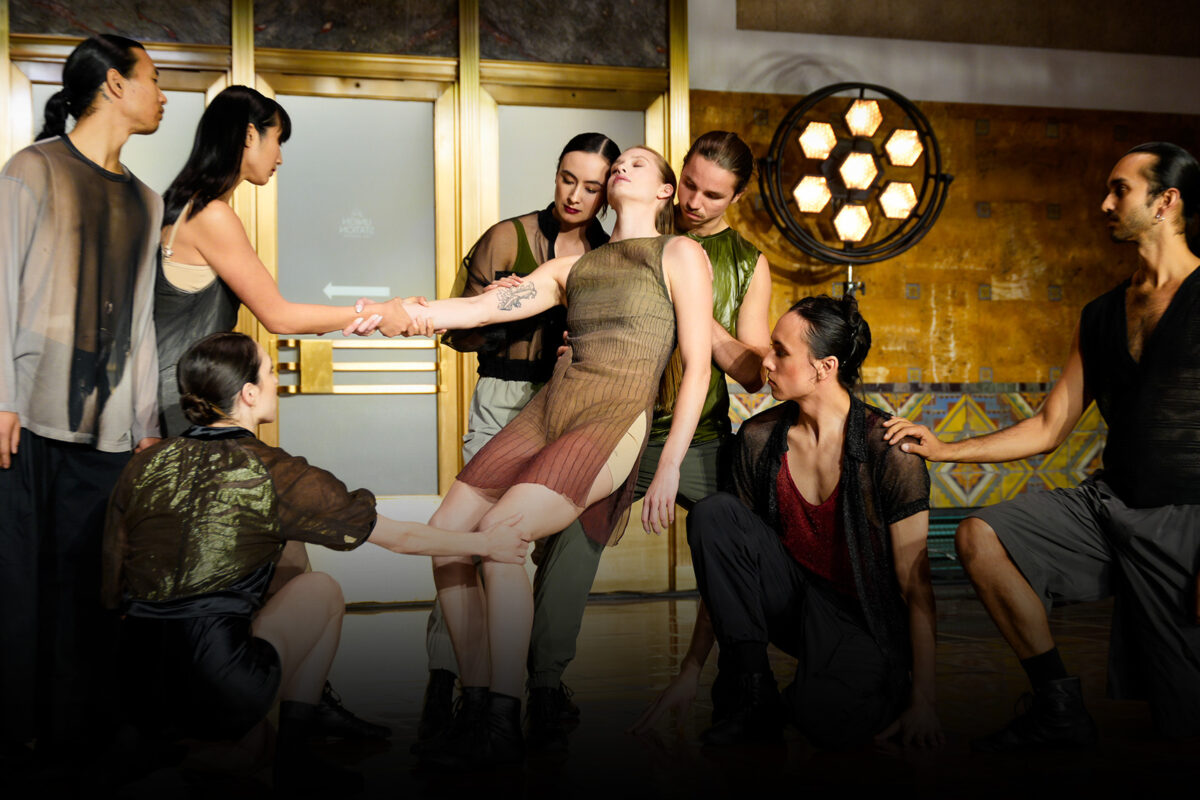From the High Desert near Joshua Tree and the far-off islands of Okinawa, two centuries-old traditions converge on the northern shore of California
Words by DAVID NASH
Photography by CHRIS GRUNDER and LESLIE WILLIAMSON

Salt-fired clay platters and geologically inspired sculptures sit alongside organic forms rendered in soot-and-deer-hide ink on handmade paper. Blurring the lines between utility and antiquity, this exhibition of ceramics and calligraphy — two artistic practices with a lineage of 14,000 years — appears less as human invention than as artifacts conjured by Mother Nature herself. In reality, the work is a collaboration between two artists, separated by an ocean but united in sensibility, who have converged on the Blunk Space, the serene Northern California venue that has served as their muse.
Point Reyes Station, a quiet town just south of Tomales Bay, is an unlikely setting for an international dialogue of such proportions. Yet Blunk Space is more than a gallery: It was founded to preserve the legacy of J.B. Blunk, the mid-century sculptor known for his naturalistic forms, and now serves as an incubator for contemporary artists working in sympathetic traditions. “Each of their works are really gestural and physical, and I wanted to bring those two things together,” says Mariah Nielson, Blunk’s daughter and the show’s curator. In pairing Jonathan Cross, a sculptor in Wonder Valley, with Daichiro Shinjo, a shodō (Japanese calligraphy) master from Okinawa, Nielson positions their connection as a bridge to her father’s enduring influence.
For Cross, 44 — whose practice involves digging his own clay, carving, hacking, glazing, and firing in a kiln he made himself — the invitation to immerse himself in the artist’s world was transformational. “I got to go up earlier this year [in preparation for the exhibition] and just spend some time in the environment — in his house and the studio — and then I tried to connect with his work physically through local materials and, conceptually, through some of the ceramics he did.”
While Blunk’s ceramic output focused on tangible items like plates, cups, and vases — three objects that resonate with Cross’s own craft — his broader oeuvre inspired Cross. “His other sculptural practice included furniture, so I began making furniture in an effort to expand my use of materials and diversify in a similar way.” The result was a series of monolithic-looking side tables and stools. Some of the smaller works in the show, however, have an even more significant tie to Blunk. “I asked Jonathan if he could dig clay from the same places that my father did,” Nielson says. The result of the endeavor includes a series of incense burners, some plates, and a planter that incorporated what Cross refers to as “clay adjacent” material dug up from Blunk’s old stomping grounds.
The work is a collaboration between two artists separated by an ocean but united in sensibility.

“The physical and improvisational expression inherent in calligraphy is said to have influenced American Abstract Expressionist artists,” says Daichiro, 32, who was an artist-in-residence at Blunk Space when he first met Cross in February. “We had conversations and he showed me some small works. When I returned to Japan, he [shared] photos of works planned for the exhibition, and I felt my character work — characterized by organic curves — resonated beautifully with Jonathan’s sharp and commanding sculptures.”
With its origins dating to the sixth century and ancient China, shodō has evolved into a distinctive art form that integrates poetry and emotion with aesthetic beauty. “First, I sketch the Chinese characters or words that will become the motif for my calligraphy,” Daichiro says, along with a surprising admission: “The time to write one piece is, at most, about three seconds — no matter how large, it’s completed within 10 minutes.” As it turns out, the most time-consuming aspects of a finished product are formulating the idea and making the Sumi ink used to paint his final vision on washi paper or hemp canvas. “It’s made using soot and glue [from cow and deer hide], and I do it in the traditional way in my studio kitchen,” he says. Although artists can save time buying ink, Daichiro considers that practice too mainstream: “Works written in Sumi ink I make myself from raw materials become more powerful and original.”

Blunk would applaud that sentiment of raw materiality and physical connection to one’s work. “It was incredibly moving to watch Daichiro paint the largest piece in the show outside of my father’s studio,” Nielson says. “It had been raining the day before, so the ground was quite wet, and all that moisture from the grass and stones embedded itself into the canvas. And then he was on top of the canvas with this very heavy brush loaded with the ink he’d made — it was very powerful, much like Jonathan’s physical gestural approach to his own work.”
It’s a parallel the artists see and wholeheartedly embrace. “Even though Shinjo’s work is less rigid, he’s painting forms on paper that are bold in their silhouette and structure,” Cross says. “And there’s a connection to my more rigid work in that his surfaces can be rough when you see them in person, and there’s a strength to the forms, themselves, that really link us.”
In a rather profound way, the show itself is a full-circle moment for Nielson. “Clay was the first material my father learned to work with,” she says. “Paint was the second — he started painting when he lived in Japan while apprenticing with two master potters. And all of the works in the show tie directly back to the time Jonathan and Daichiro spent here, which is nice. I really appreciate how immersive the environment became for them.”




Feature image: Work from Daichiro Shinjo, a shodō (Japanese calligraphy) master from Okinawa.
This story originally appeared in the Men’s Fall 2025 issue of C Magazine.
Discover more CULTURE news.
See the story in our digital edition
